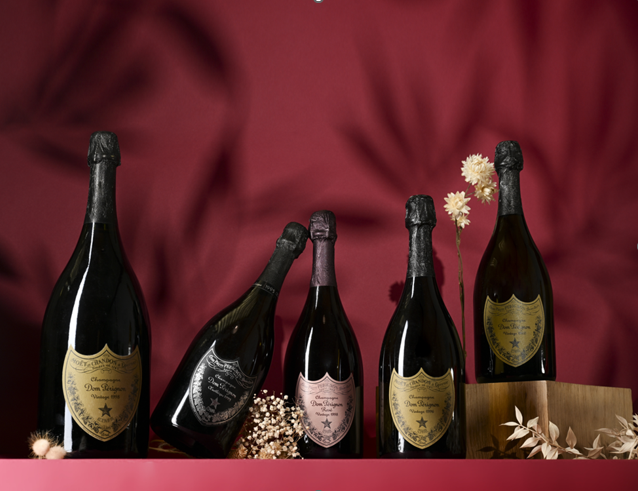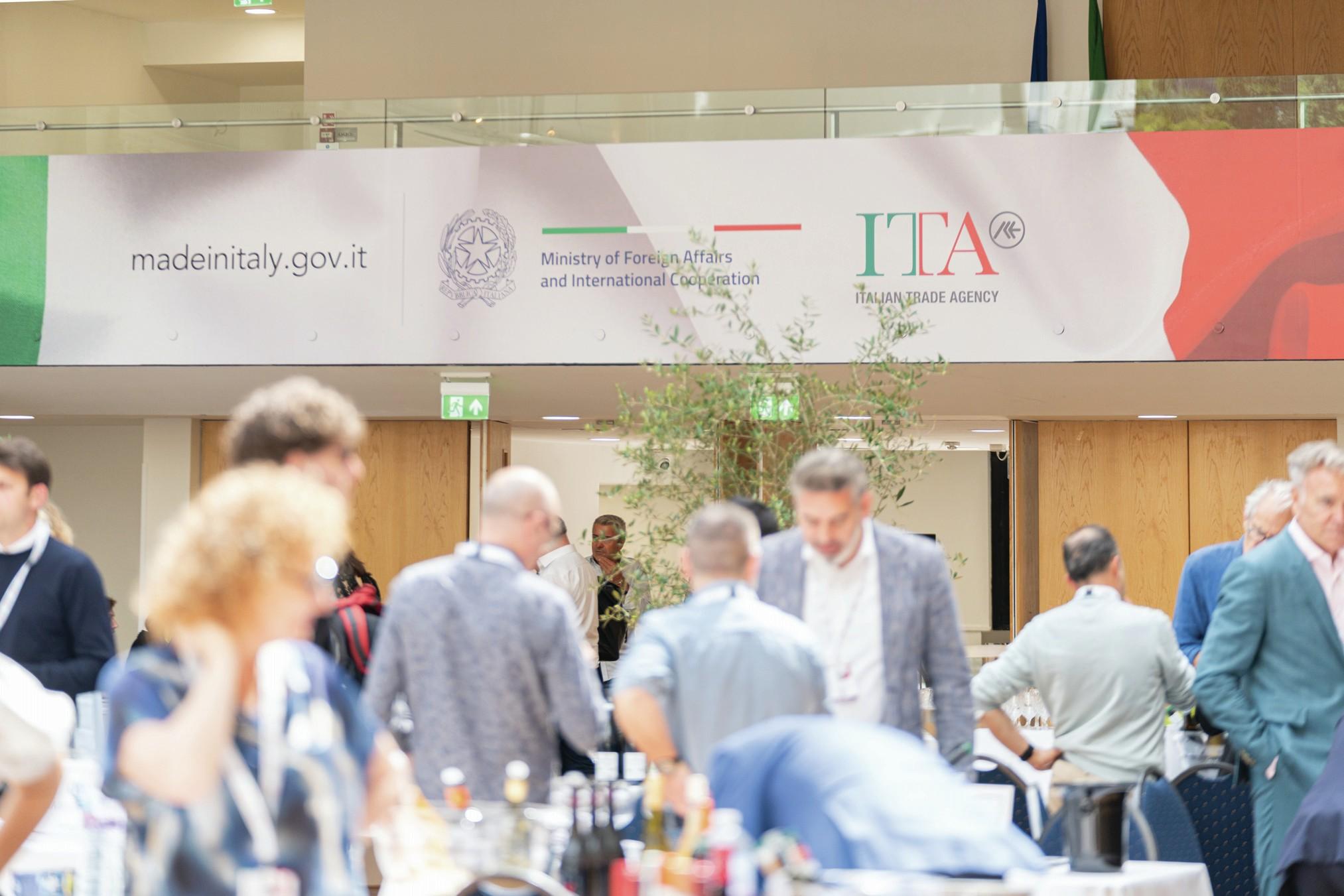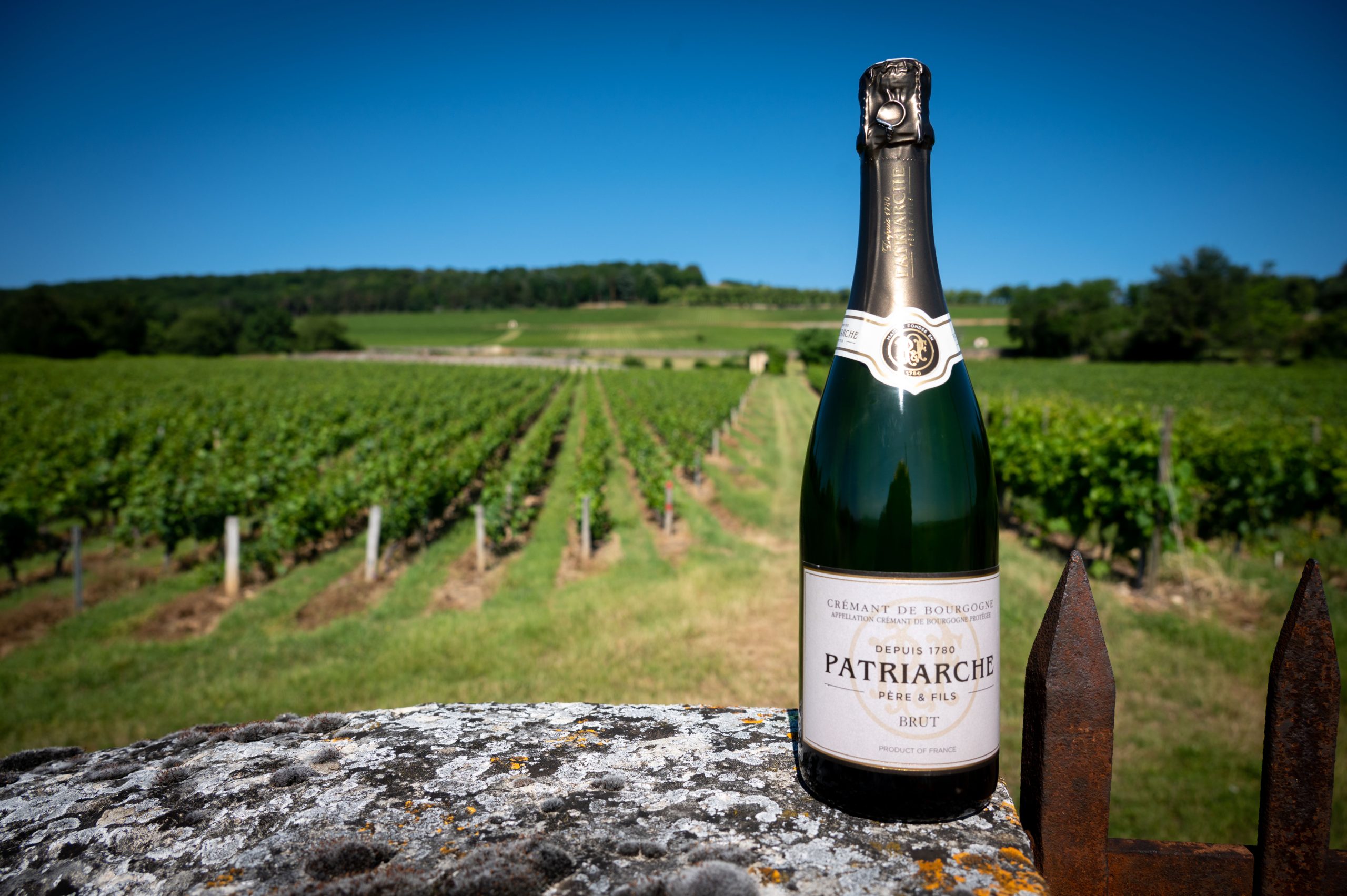Falling price of Champagne presents ‘opportunities’
The falling demand of Champagne following a “splendid” 2022 is opening up opportunities for buyers at a slightly lower level, French auction platform iDealwine has said, even as the top cuvees still maintain demand.

According to figures from the Comité Interprofessionnel du Vin de Champagne (CIVC), champagne sales declined by 9.6% in the 12 months to the end of October as demand slowed down after the two year boost following the lifting of Covid-19 restrictions in 2020. It does however remain higher than figures for pre-Covid year of 2019.
The Paris-based auction specialists argued that although the declining macro-economic background – inflation, war in Ukraine and reprisal of Israeli-Palestinian conflict – “weighs on the demand for champagne”, the market for high-end Champagne remained a “dynamic segment”.
For example top champagnes are still selling well although the market is not seeing the same bidding wars that marked 2022. Hammer prices have returned to a level comparable to those in 2020 and 2021, suggesting something of a price correction.
The prestige cuvées of the most emblematic houses continued to be relatively unaffected, it said, with Dom Pérignon, Krug, and Salon seeing the same dynamic ( iconic grower champagne Jacques Selosse had risen slightly it noted) and recording strong results, while very old vintage champagne and rare cuvées continue to set records.
Partner Content
However, there had been price declines at auction on a number of cuvées of Brut Sans Age (BSA), it found. Based on preliminary figures, iDealwine forecast an overall increase in the volume of champagne sales in 2023, but a decrease in the average bottle price from €259 (£223) to €230 (£198).
Top lots
It listed its three most expensive lots of Champagne sold at auction as a selection of Champagne Salon, comprising 1 magnum 2008, 2 bottles 2007, 2 bottles 2006, and 2 bottles 2004, which reached €10,266 (£8,818) at auction last week; a six bottle case of Champagne Salon 1990 which achieved €9,014 (£7,741) in April; and a six-bottle collector’s case of Lieux Dits by Jacques Selosse, which achieved €4,632 (£3,977) in July.
Notable bottles sold at auction included a bottle de Krug Clos du Mesnil 1979, which saw a 7.5% boost on results in 2022, at €4 132 (£3,548); a bottle de Dom Pérignon 3eme Plénitude (P3) 1976, which achieved €4,006 (£3,442) in January; and a bottle of 1990 bottle of Dom Pérignon 3ème Plénitude (P3), which achieved €3,507 (£3,013).
France remained the leading country buying champagne at auction with 26% of the total market share, followed by Hong Kong on 15.5%, the US (10%), South Korea (9%), Singapore (5%), Northern Europe (Sweden, Denmark, Norway and Finland), Italy and Germany (4.5%), the UK (2.5%) and Japan (2%). It’s worth noting that the combined market share of Hong Kong, South Korea and Singapore accounted for
In terms of its online ‘e-caviste’ offer, Champagne is the third most popular region, after Bordeaux and Bourgogne, it said. With the Clarevallis cuvée from the Drappier house selling the most by volume and the Taittinger’s Comtes de Champagne 2012 cuvée the most by value. In 2023 it saw a boost of 1.2% in value terms, on volumes up 3.8%
Related news
Castel Group leadership coup escalates
For the twelfth day of Christmas...
Zuccardi Valle de Uco: textured, unique and revolutionary wines




